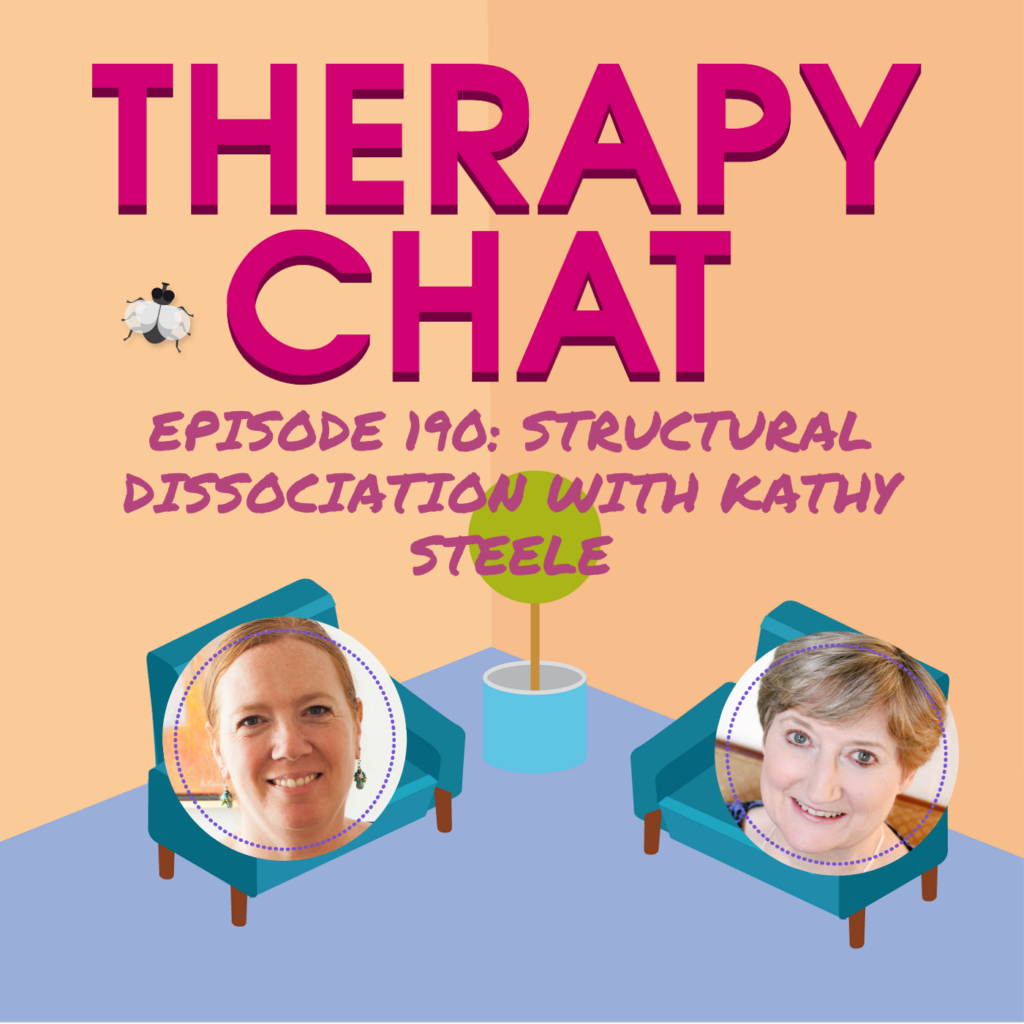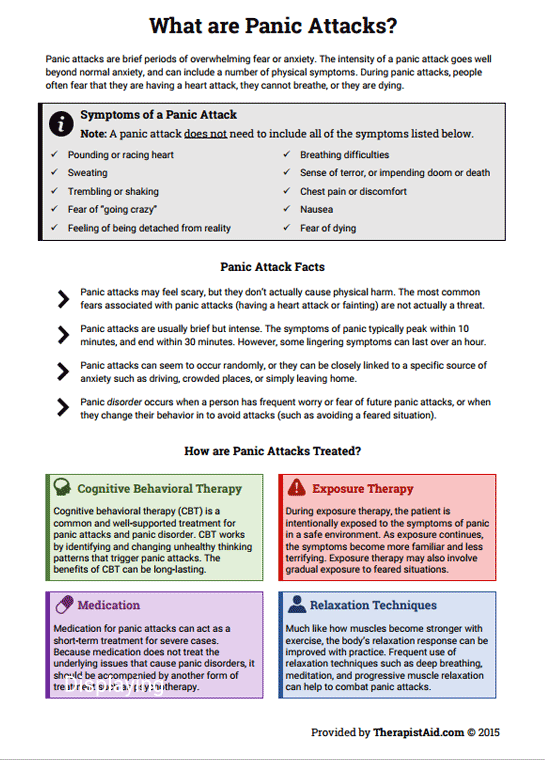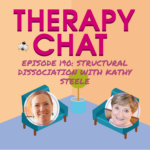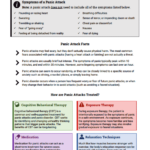Dissociation Therapist Aid – Therapist Aid Worksheets can be an extremely useful resource for those seeking to improve their wellbeing and mental health. These evidence-based tools can complement traditional therapy, providing an organized method to learn self-help strategies, assess your progress and gain insight on one’s thinking, feelings and actions.
Types of Therapist Aid Worksheets
- Cognitive Behavioral Therapy (CBT) Worksheets
CBT worksheets were created to help people identify and change the negative thinking patterns and behaviors. Through the use of these worksheets, participants can gain an understanding of the mental limitations that affect their mental wellness and develop the ability to challenge them and change them with healthier alternatives.
- Anxiety and Stress Management Worksheets
These worksheets provide strategies that reduce anxiety as well as manage stress, such as breathing exercises, relaxation exercises and mindfulness techniques. In completing these exercises, users can design their own strategies to cope with stressful situations and maintaining emotional balance.
- Emotional Regulation Worksheets
Emotional regulation worksheets aim to assist users in understanding their emotions more effectively. These tools may cover topics such as identifying triggers of emotion or triggers, developing healthy coping strategies as well as practicing self-compassion.
- Relationship and Communication Worksheets
These worksheets focus on the skills required for healthy relationships, which include an effective communication style, empathy and conflict resolution. By working through these exercises the participants can build their interpersonal skills as well as build stronger connections with other people.
How to Use Therapist Aid Worksheets Effectively
- Select the Right Worksheet
Find a worksheet designed to address the specific problem or ability that you’re looking to improve. This helps ensure that the solution is appropriate to your needs and objectives, thus maximizing its effectiveness.
- Complete the Worksheet Consistently
Set a schedule for completing the worksheet you’ve chosen for the duration of the week, daily weekly, or monthly. The consistency of your work helps in enhancing learning and facilitates progress over time.
- Reflect on Your Responses
Take time to thoughtfully review any responses that you’ve made in response to worksheet’s prompts. Reflection will help to increase your understanding of your feelings and thoughts this will lead to better improvement and change.
- Give it to your Therapist
If you’re working with a therapist, think about sharing your completed worksheets with them. It can give valuable insight on your progress and assist in guiding your therapy sessions effectively.
Conclusion
Therapist Aid Worksheets offer an array of options and practical ways for you to increase your mental health journey. When you choose the best worksheet suitable for your needs and ensuring constant practice, reflecting on your reactions and sharing your progress with your therapist, you can tap into the full potential of these tools for your own growth and self-improvement. Remember that mental health is an ongoing process and using Therapist Aid Worksheets can be crucial to build an enlightened, balanced life.





